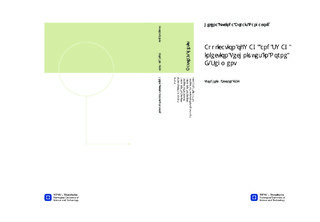| dc.description.abstract | AbstractInside of the Norne E-segment remains a considerable amount of residual oil even after applying the primary and secondary oil recovery methods (water injection). Recently, several methods have been studied based on simulations to decrease the residual oil trapped by capillary forces and consequently improve the oil recoverability. Additionally, Norne E-segment is severely affected by stratigraphic barriers and faults of nature not sealing, semi sealing and completely sealing. Water Alternating Gas (WAG) and Simultaneously Water Alternating Gas (SWAG) injection techniques are presented as potential candidates to increase oil productivity in the Norne E-Segment by decreasing the gas mobility and capillary forces guarantying effective microscopic displacement due to gas flooding and macroscopic sweep created by water injection.In the first part of this study, based on simulations (Eclipse 100, Black oil simulator), sensitivity analyses of WAG cycles and WAG ratio were investigated combining with low injection rate and high injection rate. However, three WAG cycle were suggested (3 months, 6 months and 1years injection cycles) and different values of WAG ratio were studied based on low and high injection rates of water and gas. According to the results, WAG cycle doesn t affect the fluids rates productions when low injection rate is used, but a slightly effect is noticed when high injection rate is applied, thus a slightly optimal WAG ratio was found to be 1:3 when high WAG ratio is used.As a sequence, examination of three different injection patters scenarios were simulated to optimize the oil recoverability using both techniques WAG and SWAG, namely: injection studies using the injection wells already existed; injection studies using the injection wells already existed by doing a new completion within Ile and Tofte formations; injection studies placing a new injection well plus new completion of the injection well. As a result, the last scenario using SWAG technique presented oil recovery around 73%, whose was approximately 5% higher than oil recoverability when WAG injection technique (68%), when high injection rate is applied. | nb_NO |

